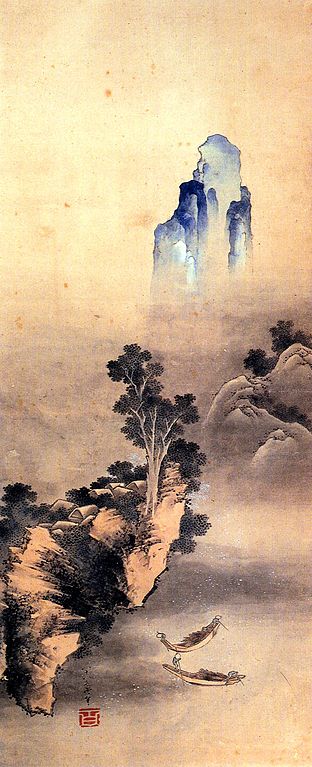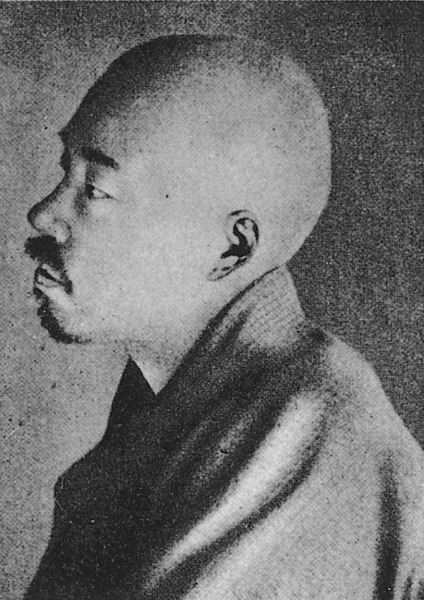Kawahigashi Hekigoto’s haiku poems
Kawahigashi Hekigoto’s haiku poems <img width=”404″ height=”599″ src=”https://www.masterpiece-of-japanese-culture.com/wp-content/uploads/2017/02/92db2ff04266ade08244328f410195b8.jpg” alt=”” srcset=”https://i1.wp.com/www.masterpiece-of-japanese-culture.com/wp-content/uploads/2017/02/92db2ff04266ade08244328f410195b8.jpg?w=404&ssl=1 404w, https://i1.wp.com/www.masterpiece-of-japanese-culture.com/wp-content/uploads/2017/02/92db2ff04266ade08244328f410195b8.jpg?resize=202%2C300&ssl=1 202w” sizes=”(max-width: 404px) 100vw, 404px” /> Kawahigashi Hekigoto (1873-1937) learned haiku from <a title=”Masaoka Shiki’s haiku poems” href=”http://www.masterpiece-of-japanese-culture.com/literatures-and-poems/haiku/masaoka-shiki-haiku-poems”>Masaoka Shiki</a> with <a title=”Takahama Kyoshi’s haiku poems” href=”http://www.masterpiece-of-japanese-culture.com/literatures-and-poems/haiku/takahama-kyoshis-haiku-poems”>Takahama Kyoshi</a>. Though Kyoshi respected traditional haiku, he pursued the new way and reached a free-verse haiku.</p> <p>Other famous Japanese poets</p> […]
Kawahigashi Hekigoto’s haiku poems Read More »










